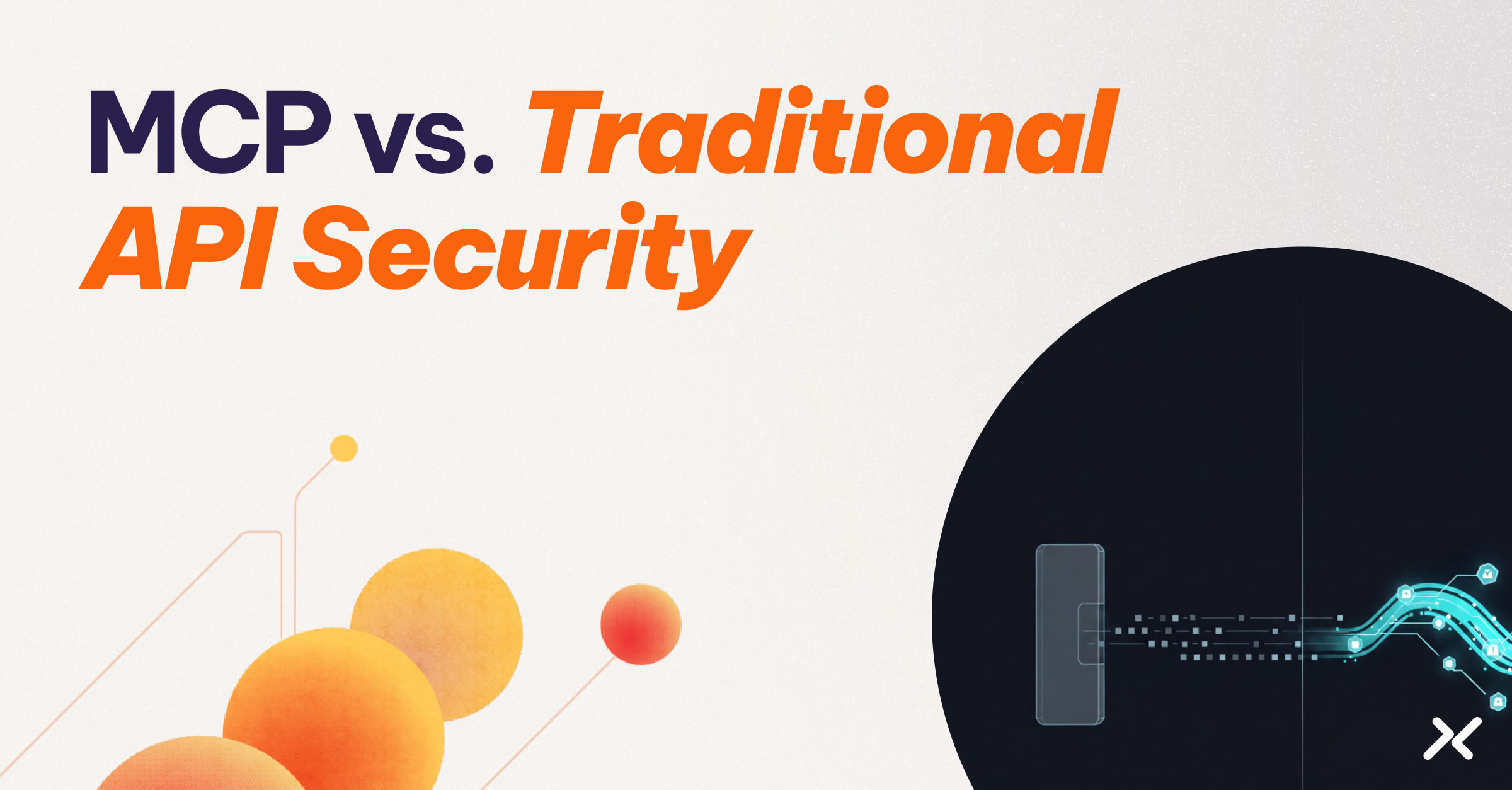Modern infrastructure depends on keys. Lots of them. Every time a workload spins up, data moves between services, or a machine requests access to an API, some form of key – often called a credential – makes that interaction possible.
These keys underpin everything from encryption to identity, silently powering the secure operations that cloud-native environments rely on.
But here’s the problem: not all keys are created equal, and treating them as if they are can quietly introduce risk. In fact, a recent Verizon report shows that 86% of data breaches now involve the use of stolen credentials, underscoring the critical importance of managing keys and secrets with precision.
Over time, treating access keys the same as encryption keys can lead to serious consequences, such as unauthorized access, data leakage, and failure to meet compliance standards.
This misalignment is all too common, especially when teams fail to recognize the distinct purposes of these keys.
Conflating access and encryption keys can result in security lapses, where systems grant access inappropriately or fail to protect sensitive data, leading to breaches or operational disruptions.
Many teams don’t notice the cracks until a breach, an audit, or a scaling effort forces a closer look. At that point, questions emerge: Are we securing data, or controlling access to it? Are our policies built for the right kind of key?
And what’s the long-term cost of managing access the same way we manage encryption?
When Key Confusion Becomes a Security Problem
At the small scale, using the same process to manage all your keys might seem harmless. A secrets manager holds everything from TLS certificates to API tokens. Rotation policies apply across the board, and incident response assumes that “a key is a key.”
But as your environment grows, more services, more automation, more third-party integrations, that one-size-fits-all mindset starts to unravel.
Encryption keys often remain stable, tied to data protection policies and managed through established tools like a key management system. They’re rarely accessed, tightly controlled, and mostly invisible during day-to-day operations.
Access keys, on the other hand, are dynamic. They’re needed by workloads, scripts, and CI/CD pipelines just to function. They move frequently, get copied, stored in environment variables, passed to runtime containers, and, increasingly, they’re the credentials most likely to be leaked, misused, or left unmonitored.
Without clear distinctions in how these keys are treated, security teams risk:
- Applying static policies to dynamic credentials
- Overlooking machine-to-machine access visibility
- Leaving long-lived tokens in code or infrastructure
- Failing audits due to insufficient key separation and lifecycle controls
This can result in greater exposure to lateral movement, privilege escalation, and silent credential misuse, especially in fast-moving DevOps environments where access keys often proliferate unnoticed.
For example, in January 2025, hackers exploited a compromised access key to breach Gravy Analytics’ AWS storage, exposing the location data of millions. This breach underscores the importance of managing access keys securely and highlights the risks associated with not properly separating and monitoring credentials.
Understanding where your key management strategy blurs these lines is the first step to fixing it.
What Actually Makes These Keys Different?
Encryption keys and access keys both fall under the umbrella of “credentials,” but they serve fundamentally different roles, and managing them the same way can create confusion and risk.
Here’s how they differ in purpose, usage, and lifecycle:
| Encryption Key | Access Key | |
| Primary function | Encrypts and decrypts data | Authenticates and authorizes access to services or resources |
| What it protects | Confidentiality and integrity of stored or transmitted data | Identity and permissions for workloads, APIs, or systems |
| Who/what uses it | Storage services, TLS, databases (e.g., AWS S3 encryption) | AI agents, Applications, CI/CD pipelines, containers, scripts |
| Where it’s stored | Centralized key management systems (KMS, HSM, etc.) | Often embedded in source code, environment variables, secrets stores |
| How it’s managed | Rotated infrequently, managed by dedicated encryption tooling | Needs frequent rotation, policy controls, and fine-grained visibility |
| Failure impact | Exposes raw data if misused or leaked | Grants unauthorized access or privilege escalation if misused |
Clarifying the Key Differences
Encryption keys protect data, both at rest and in transit, ensuring it remains readable only by authorized parties.
Typically, they’re stored in centralized systems like AWS KMS or Azure Key Vault, rotated infrequently under strict policies.
Access keys are access credentials. They grant permission to perform actions on a service, but they do not establish the identity of the calling workload. That identity must come from a separate authentication process or identity credential, which is often missing or conflated in traditional approaches.
The consequences of misuse differ: a leaked encryption key exposes data, while a leaked access key enables unauthorized actions with potential elevated privileges. In short, encryption keys secure information, while access keys govern interactions. Both are vital, but they require different management strategies.
4 Reasons Why Access Keys Deserve a Different Management Strategy
Access keys represent a distinct type of risk compared to encryption keys. Here’s why they require a different approach:
1) Constant Motion
Access keys are frequently passed between services, injected into containers, and pulled into CI/CD pipelines, making them more exposed and harder to secure with static secrets management tools.
2) Short Lifespan
Unlike encryption keys, which are centrally managed and rotated infrequently, access keys often get copied, cached, or forgotten. Long-lived credentials increase your attack surface by lingering in outdated configs or old infrastructure
3) Lack of Visibility
While encryption keys are tied to specific workflows, access keys can proliferate. Teams often struggle to track how many exist, where they live, or who last used them, making it difficult to audit usage or detect misuse.
4) Violating Zero Trust
Static access keys, pre-provisioned and stored in containers or config files, assume trust without evaluating the context (such as workload, time, or location). Without runtime validation or scoped issuance, they inherently violate Zero Trust principles.
Effective access key management requires dynamic, context-aware access: issued when necessary, revoked when not, and never stored in easily accessible locations. This is the shift secretless access aims to achieve.
Encryption Key Management: Centralized, Controlled, and Compliance-Focused
Encryption key management is a well-established field, often handled through services like AWS KMS, Azure Key Vault, or HashiCorp Vault’s transit engine. The focus here is on:
Key generation and storage: Secure creation and centralized custody.
- Access controls: Fine-grained permissions for who or what can use keys.
- Rotation policies: Scheduled, predictable rotation in line with compliance needs.
- Audit trails: Required for standards like PCI DSS, HIPAA, or GDPR.
For encryption keys, stability and compliance are paramount, with predictable policies and controls in place to manage the lifecycle securely.
Access Key Management: What It Should Look Like
Access keys require a fundamentally different approach — one that accounts for today’s security challenges while respecting the operational realities of modern infrastructure.
Most organizations can’t instantly adopt short-lived credentials across every service. Legacy systems, third-party integrations, and tooling gaps often mean some long-lived access keys still exist and need to be managed with care.
But the direction of travel is clear: more automation, more identity context, and less reliance on static secrets.
The ideal model looks like this:
Short-lived credentials: Access should be time-bound and scoped to the specific action or workload needing it
- Runtime issuance: Keys should be generated and injected only at the moment of use
- Policy-based access control: Access should reflect identity, environment, and context, not just predefined roles
- Multi-factor policy checks: Critical workloads may require MFA-like enforcement triggers, such as device attestation or environment validation
- Real-time observability: You need continuous insight into what is accessing what, when, and why
These principles reflect how access keys behave in production: they’re operational, fast-moving, and tied to service identity, not encryption or custody of data.
For organizations operating at scale, treating access keys like encryption keys simply doesn’t work. The risks are different, the blast radius is different, and the management strategy must be different too.
Don’t Store Access Keys, Issue Them at Runtime
If access keys are inherently dynamic, the solution isn’t just to store them more securely, it’s to avoid storing them altogether.
That’s the principle behind secretless access: workloads authenticate at runtime, prove their identity, and receive short-lived access based on policy.
No static tokens. No embedded secrets. No need to guess which credential was used by which process.
But here’s the reality: not all workloads can make this leap immediately.
So what do you do when short-lived credentials aren’t yet an option?
- Restrict scope and lifetime: If you must use long-lived keys, scope them tightly and rotate them frequently.
- Avoid hardcoding secrets: Use centralized secret management tools and environment injection instead of storing credentials in code.
- Use observability as a control: Monitor usage in real time to detect anomalies or unapproved access patterns.
- Invest in gradual migration: Begin moving services with modern runtime environments or cloud-native capabilities toward identity-based access, one system at a time.
Think of secretless access not as a binary switch, but as a migration path. As your platform evolves, so should your authentication model.
This approach mirrors how modern human identity works in zero-trust environments:
- Workloads prove their identity using cryptographic attestation.
- They request scoped access dynamically.
- They operate under strict policy.
- Every access request is auditable in real time.
- In this model, the access key is an ephemeral artifact of a verified identity and enforced intent.
Over time, this shift dramatically reduces the risk of static credential leaks, enables safe automation at scale, and simplifies compliance by making access auditable by default.
Different Keys, Different Rules
Encryption keys and access keys serve distinct purposes.
One protects data, the other governs access. Managing them the same way blurs that distinction and increases the risk that something slips through unnoticed.
Modern infrastructure needs a model that reflects how these keys behave in practice. That means controlled, compliance-focused management for encryption keys, and flexible, identity-driven access for dynamic credentials.
You may not be able to move everything to short-lived access today. However, you can start by separating your key strategies, tightening oversight of long-lived credentials, and laying the groundwork for secretless access where it is applicable.
If you’re exploring how to transition from static credentials to identity-based access, Aembit offers a workload IAM platform purpose-built for this shift.
The Workload IAM Company
Manage Access, Not Secrets
Boost Productivity, Slash DevSecOps Time
No-Code, Centralized Access Management




